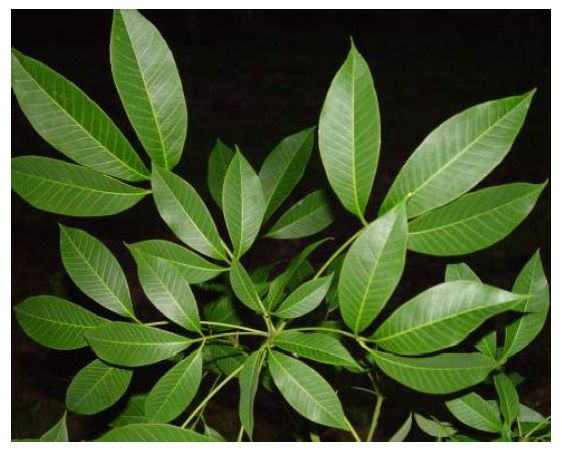Hevea brasiliensis
Family: Euphorbiaceae
Hevea brasiliensis, the Para rubber tree, most commonly, rubber tree or rubber plant, is belonging to the family Euphorbiaceae originally native to the Brasil, but is now pantropical in distribution due to introduction. It is the most economically important member of the genus Hevea because the milky latex extracted from the tree is the primary source of natural rubber.
The rubber tree takes between seven and ten years to deliver the first harvest. Harvesters make incisions across the latex vessels, just deep enough to tap the vessels without harming the tree's growth, and the latex is collected in small buckets. This process is known as rubber tapping. Latex production is highly variable from tree to tree and across clone types.
As latex production declines with age, rubber trees are generally felled when they reach the age of 25 to 30 years. The earlier practice was to burn the trees, but in recent decades, the wood has been harvested for furniture making.
Rubber Wood Plywood is a light-colored medium-density tropical hardwood obtained from the Para rubber tree.
